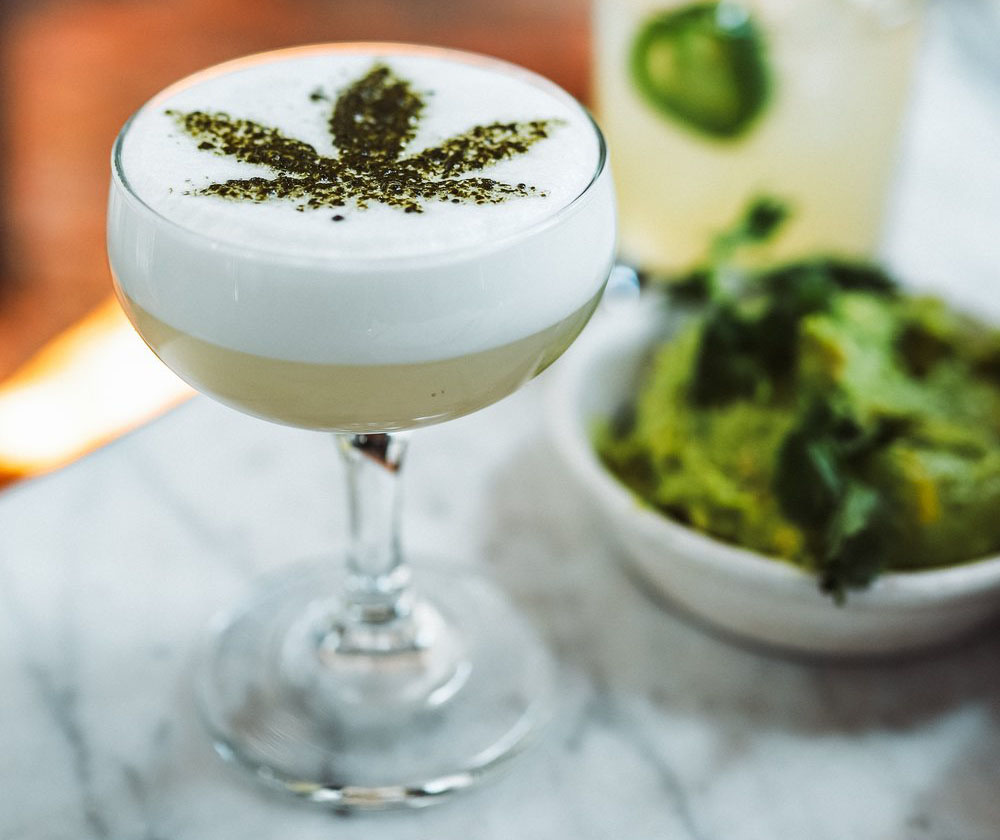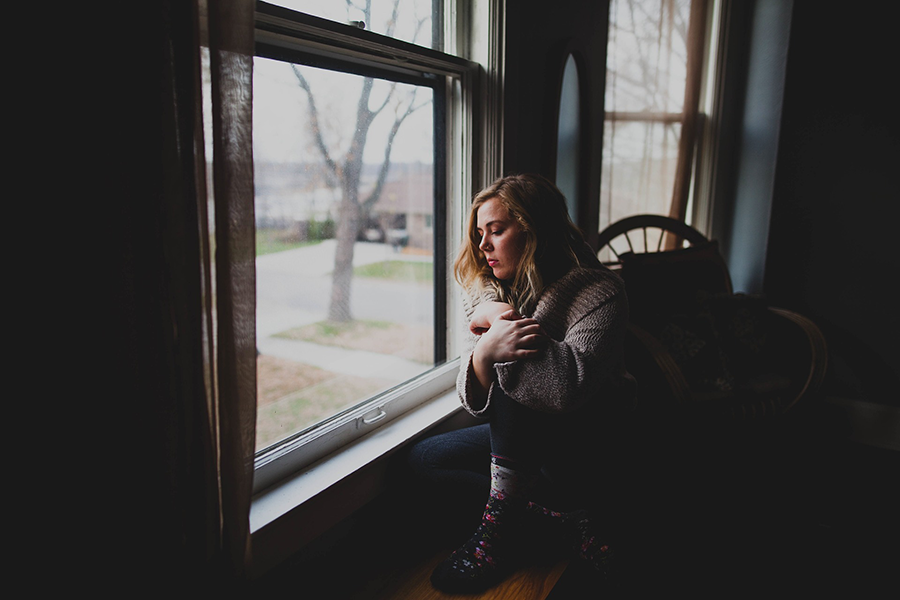Five Ways That The End of Canadas Cannabis Prohibition Parallels Alcohol
When Canada legalized cannabis in October, 2018, it ended a ninety-five-year long prohibition.
This has catapulted the government into a new era of cannabis regulation. Federal, provincial and municipal authorities are all rolling out their own methods of adapting in a post-prohibition environment.

But if history has taught us anything about ending a prohibition, it’s that they don’t go out easily.
Take British Columbia’s liquor laws for example. Many of the inane provincial and municipal laws that we have on the books today were developed as a result of alcohol prohibition and the attitudes that people carried as a result of it.
It may surprise you to learn that prior to the early 1900s, liquor was unregulated in this province. Bars and saloons were hubs for social activity and were able to operate at their leisure. Inevitably, this caused some outliers to complain about a perceived decline in societal morals and public order which they attributed to the wanton consumption of alcohol.
When the idea began to catch on, the Temperance Movement took off and prohibition began. By October 1, 1917, the B.C. government had effectively banned alcohol throughout the province.
Prohibition was a dismal failure, however. Law-makers quickly made the shocking realization that making laws against the sale and consumption of an intoxicating substance would not actually stop people from using it.
By 1921, provincial liquor laws had been introduced to allow the government control over liquor sales, and although it effectively ended prohibition, we’ve been trying to iron out the kinks ever since.
Stop me when this starts sounding familiar.
Here are the top five ways that alcohol prohibition and cannabis prohibition are alike.
1. Medicinal Licenses Were Available for Alcohol and for Cannabis
Most of us have been aware of medicinal marijuana dispensaries for quite some time, but it may surprise you to learn that alcohol was no different during the time of prohibition.
In prohibition era British Columbia, savvy citizens knew that a drink was just a doctors note away.
Although alcohol was strictly illegal, there was an exemption for alcohol purchased for medicinal reasons. These drinks were available at drug stores and government run alcohol stores. They would be sold if the buyer could produce a prescription for the cure.
And the trend caught on.
At the height of the prohibition, the medicinal liquor business sold over $1.5 million worth of liquor.
2. Both Prohibitions Created and Continue to Perpetrate Stereotypes & Stigma
The entire rational behind prohibiting, and later restricting, both cannabis and alcohol has centred around fears about morality.
The corrupting power of both substances has been cited as the reason why our communities must be protected from such evils. Classism and racism fed into the popular narrative of moral panic. Prohibition rhetoric was rooted in fear-mongering and falsehoods.
Since the end of prohibition, though, stereotypes and stigma persist. Consider the drunken town fool in almost every animated Disney movie you’ve ever seen, or the lazy stoner who just can’t seem to get anything done.
With the passage of time, these harmful misconceptions will eventually erode and fall away, but it simply won’t happen soon enough.
Client Testimonials
Read more reviews from past clients:
Google Reviews or Lawyer Ratingz
Dealing with the Sarah Leamon Law Group was an absolute pleasure. They were friendly and efficient in communicating with me, and dealt with my case in a timely manner. They were thorough and meticulous in putting together a strong case that resulted in a WIN. Highly recommend their services.
K.R., Google Review
Sarah Leamon is amazing! She got back to me right away even though she was out of office! She not only jumped on my file quickly, she also got my prohibition reduced from 7 Months to 3 Months a BIG win in my eyes!!
Lawyer Ratingz Review
From my initial contact with Sarah, providing me with detailed information on next steps, to answering all my questions throughout the process and the representation (thank you, Hyemin!), the service offered by Sarah Leamon Law Group was top notch. Would highly recommend.
S.S., Google Review
Hyemin at Sarah leamon law group is a very respectful, kind, and bright lady. Their team was thorough with my case making the process less worrisome. Would recommend 10/10.
M., Google Review
Have had Sarah as my go-to for any and all my traffic issues. She is very compassionate and is excellent at explaining every part of the process and keeping your stress level way down. Multiple times ive hired Sarah and i am always completely confident she will get the best result, as she has done time and time again. wouldn't go anywhere else, definitely #1 in my eyes!
M.W., Google Review
Dealing with the Sarah Leamon Law Group was an absolute pleasure. They were friendly and efficient in communicating with me, and dealt with my case in a timely manner. They were thorough and meticulous in putting together a strong case that resulted in a WIN. Highly recommend their services.
K.R., Google Review
Sarah Leamon is amazing! She got back to me right away even though she was out of office! She not only jumped on my file quickly, she also got my prohibition reduced from 7 Months to 3 Months a BIG win in my eyes!!
Lawyer Ratingz Review
From my initial contact with Sarah, providing me with detailed information on next steps, to answering all my questions throughout the process and the representation (thank you, Hyemin!), the service offered by Sarah Leamon Law Group was top notch. Would highly recommend.
S.S., Google Review
Hyemin at Sarah leamon law group is a very respectful, kind, and bright lady. Their team was thorough with my case making the process less worrisome. Would recommend 10/10.
M., Google Review
Have had Sarah as my go-to for any and all my traffic issues. She is very compassionate and is excellent at explaining every part of the process and keeping your stress level way down. Multiple times ive hired Sarah and i am always completely confident she will get the best result, as she has done time and time again. wouldn't go anywhere else, definitely #1 in my eyes!
M.W., Google Review
Dealing with the Sarah Leamon Law Group was an absolute pleasure. They were friendly and efficient in communicating with me, and dealt with my case in a timely manner. They were thorough and meticulous in putting together a strong case that resulted in a WIN. Highly recommend their services.
K.R., Google Review
Sarah Leamon is amazing! She got back to me right away even though she was out of office! She not only jumped on my file quickly, she also got my prohibition reduced from 7 Months to 3 Months a BIG win in my eyes!!
Lawyer Ratingz Review
From my initial contact with Sarah, providing me with detailed information on next steps, to answering all my questions throughout the process and the representation (thank you, Hyemin!), the service offered by Sarah Leamon Law Group was top notch. Would highly recommend.
S.S., Google Review
Hyemin at Sarah leamon law group is a very respectful, kind, and bright lady. Their team was thorough with my case making the process less worrisome. Would recommend 10/10.
M., Google Review
Have had Sarah as my go-to for any and all my traffic issues. She is very compassionate and is excellent at explaining every part of the process and keeping your stress level way down. Multiple times ive hired Sarah and i am always completely confident she will get the best result, as she has done time and time again. wouldn't go anywhere else, definitely #1 in my eyes!
M.W., Google Review
3. Both Prohibitions Failed to Distinguish Between Types of Products
During alcohol prohibition, and even after, law makers did not distinguish between various types of liquor. Instead, they chose to view wine, beer and hard alcohol as the same substance and treated them the same.
This came as a serious concern for many, and particularly those who came from cultural backgrounds where wine was considered a healthy and normal part of a well-balanced meal.
It was one of the ultimate factors in prohibitions undoing.
So far, we’ve seen a similar approach to cannabis at all levels of government.
For example, many Cannabis Act regulations around plants do not distinguish between male and female plants, or flowering and non-flowering plants. Moreover, some Criminal Code amendments aimed at impaired driving may ultimately fail to differentiate between key cannabis molecules such as THC and CBD or recreational and medicinal cannabis users.
And while the government has chosen to legalize and create regulatory frameworks for different cannabis products at different times, it would be wise for them to refrain from the temptation of adopting a “one size fits all” approach in doing so.
4. After Prohibition Ends, Places to Lawfully Consume Can Be Hard to Come By
After alcohol prohibition was over, those who wished to imbibe were often without asylum to do so.
The first beer parlours were opened after much difficulty and in-fighting over suitable locations and logistics around public consumption. After being finally allowed to exist, they were subject to a wide-variety of bizarre rules and restrictions.
For example, beer parlours could not service food, nor could they provide entertainment of any form. Some parlours even restricted patrons to remain seated and tried to discriminate against women by refusing to serve them. Once women were permitted in parlours, they were often restricted to separate quarters.
Of course, these laws evolved over time, but it was often slow-going.
Consider the fact that happy hour drink specials were only permitted in British Columbia in 2014 or that private liquor distributors are prohibited from selling products directly to the hospitality industry, who must instead purchase their goods from high priced government-owned stores.
Since the legalization of cannabis, those who wish to lawfully consume have had a difficult time finding a place to do so. With strict rules against smoking in public place, including bars, restaurants, parks or anywhere that minors may reasonably be expected, cannabis users have been left wondering where they can light up.
While we may see cannabis consumption lounges opening in the future, let’s hope they don’t end up subject to the same sorts of ridiculous rules that alcohol friendly facilities have faced over the years.
5. The End of Prohibition Just Means More Money for the Government
It wouldn’t be the end of prohibition, if the government didn’t get to stack the deck in their favor.
During the time of alcohol prohibition, the black market generated countless sums for bootleggers and distributors who were willing to assume the risk and break the law for profit.
The government recognized this and decided to get on board. The Importation of Intoxicating Liquors Act handed control over the liquor business to provincial governments throughout our country.
The same approach has been adopted in relation to cannabis.
With a thriving black market in British Columbia, municipal and provincial governments have largely empowered themselves to control the distribution and sale of cannabis in this province. The Cannabis Act also gives the federal government a monopoly over medicinal cannabis sales and revenue from cannabis sales tax will undeniably fatten the public purse.
With the cannabis industry projected to be worth nearly $5 billion by 2021, the government has invested wisely.
Read this article as it appears in The Daily Hive.




